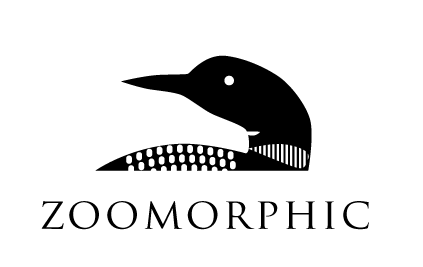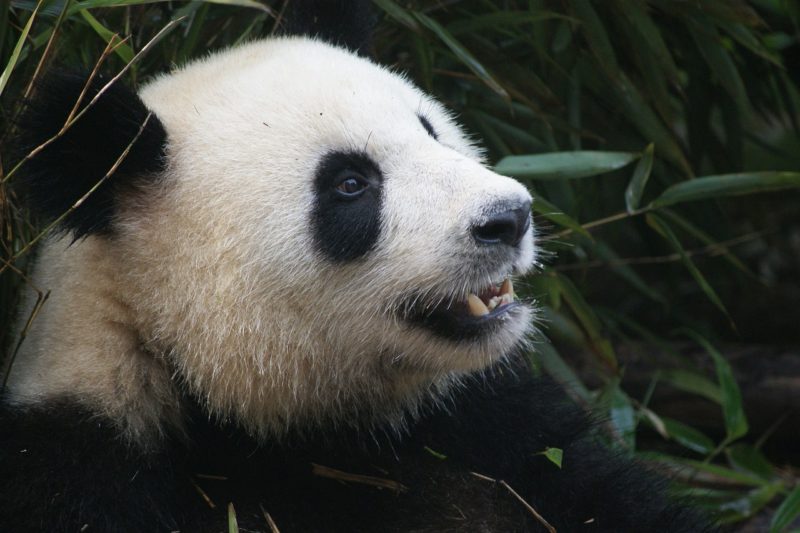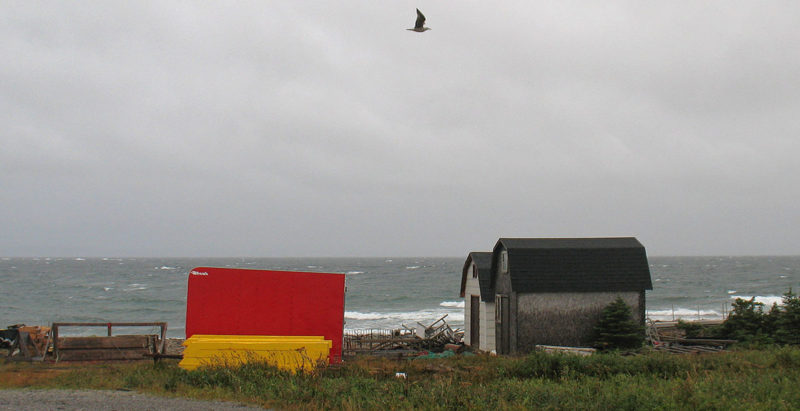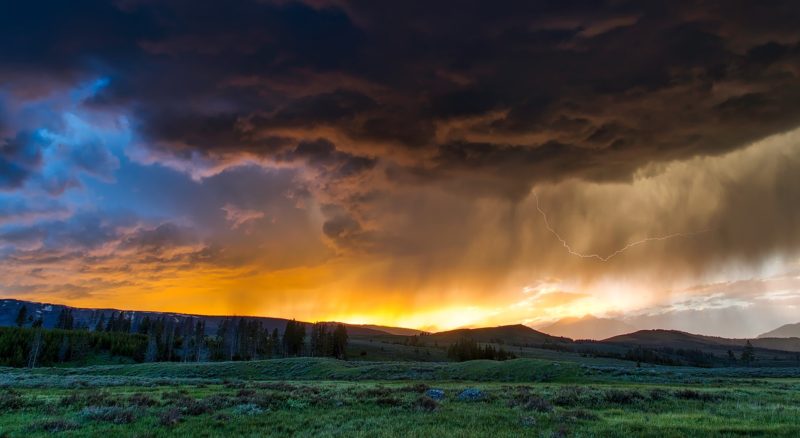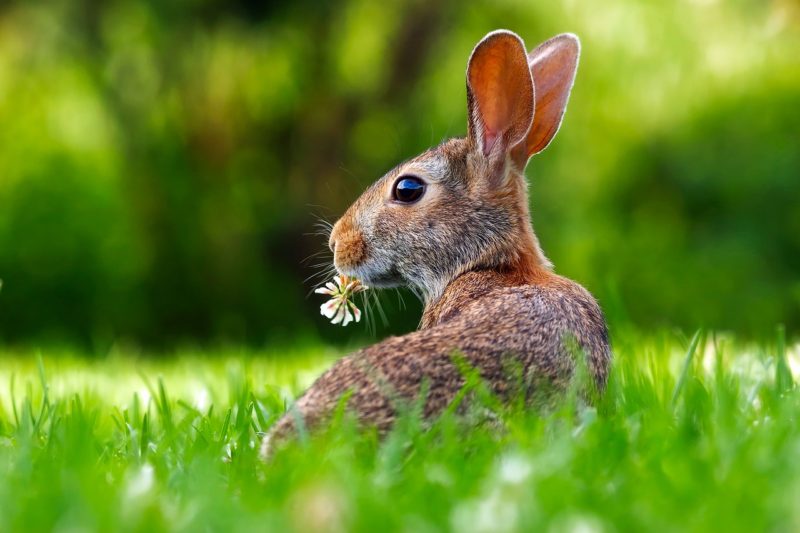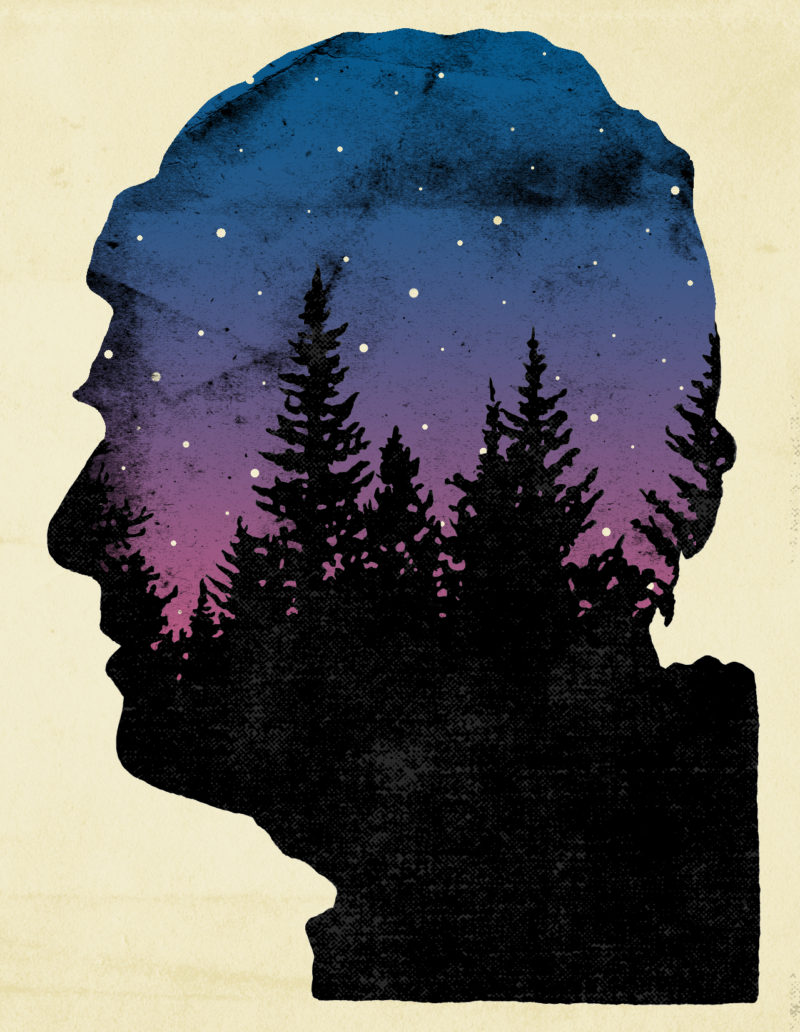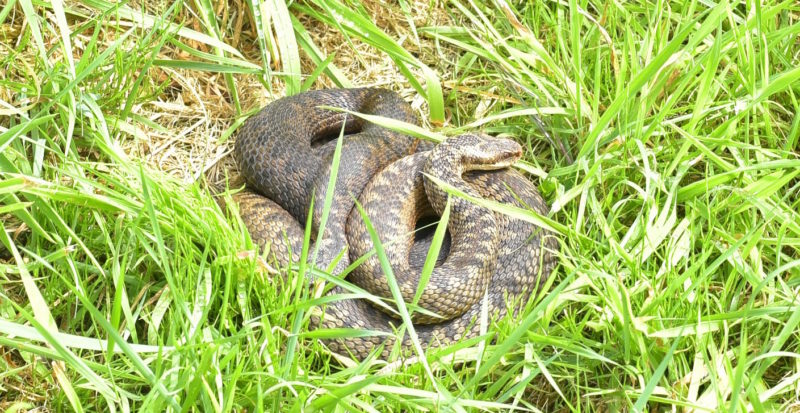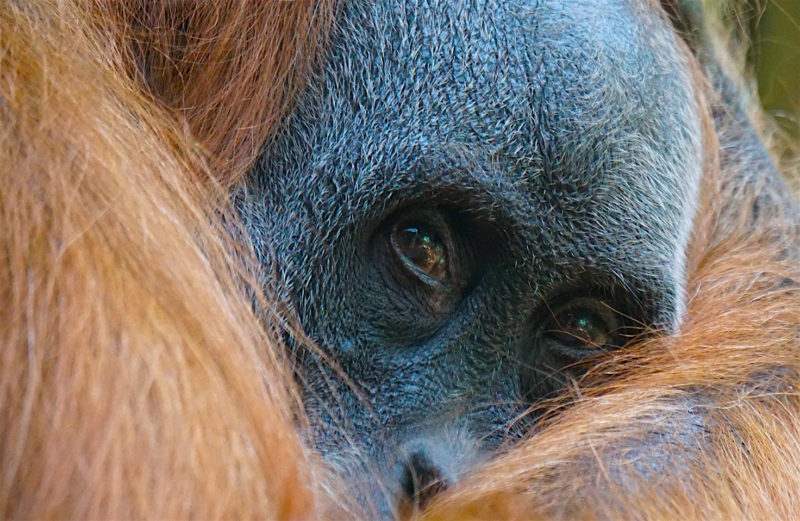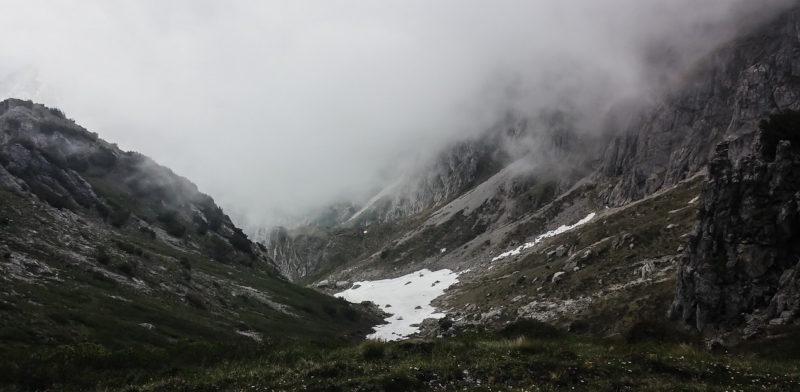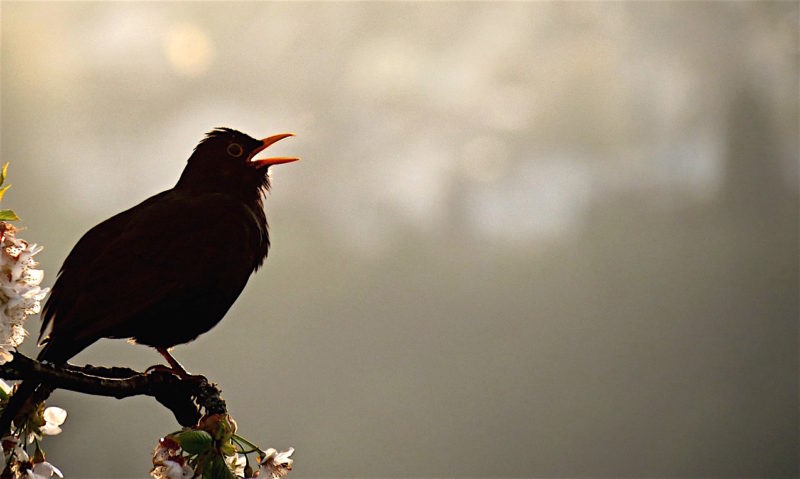by Margi Prideaux
We are standing on the back porch. Dawn light where we live is always beautiful.
Most mornings the paddocks reflect a golden tone that undulates across the hills and valleys; deep in the shadows and luminescent on the crest of the ridge. The dense greens of eucalyptus snake along the creek, carving a sharp edge to the golden hues. Behind and above, the morning sky is soft, dove grey. A gentle echo of the closing night.
As the sun climbs above the horizon, there is an ephemeral moment when the tips of the trees shine back an ochre welcome-a brief smile-then the scene loses depth and intensity, and the world fully wakes. Birds and bugs and bees thrum with a frenzy of morning activity. But, today is different. There is a storm coming. We know this because we have experienced this many times before. We know the drill, when to contact a professional roofer for example to prep for the damage to our home, when to take shelter and mostly importantly when to call for help.
Once we would have called it unseasonal, but that phrase is redundant now. The seasons have changed. We have to be prepared for a storm to hit at any time now. We take careful preparations each year like getting a Roanoke tree removal service to take out any trees we think could fall on the property and keeping enough food stocked in case we can’t leave the house for a while after the storm.
My husband Geoff felt the storm building in the dark of early morning. A heaviness in the air. Now we stand to watch a different scene-a magnificent but ominous performance. Beyond the tree-line, the sky is foreboding, deep and metallic. Sheet lightning cracks from left to right. A scale so vast my mind struggles to grasp.
Geoff quietly counts the seconds. Four, five, six, and then thunder rumbles overhead.
We sip our tea. The lightning was south-west, some distance off; likely still over the ocean. When lightning strikes the ground nearby, our day will focus on wildfire.
I know the sun is hovering just above the horizon, but it barely lights the scene. The only evidence is the illumination of a vast, swirling mass of currents and eddies above our heads.
Geoff begins a reassuring commentary. He tells me about wind-speed and direction, about high and low-pressure, and what this all looks like from above.
Lightning.
Geoff’s slow count.
Thunder and the report.
His story continues, drawing me above the clouds to look back from space. Below this mighty breath and sigh of the Earth, our home, our activities are minuscule.
No matter what we do, she will endure.
We might destroy the climate for ourselves and the billions of other beings who enjoy her embrace; her blanket of kindness that is our atmosphere. But, she will endure.
Lightning and I snap back to Earth. Geoff barely begins the quiet count when thunder rumbles again.
This time the inside of my chest shudders in sympathy. The storm is close.
The wind begins to wail a deep mournful tune. ‘It will move over us in a moment,’ he says.
The birds, normally a raucous joyous choir by now, are silent. Except for the wind, no-one sings.
Another crack of light, but only for a fraction of a fraction of second.
Geoff’s gentle count. Thunder. It is moving away, to the east where our neighbour will be standing on his porch with the same soft count.
Slowly, tentatively, almost haltingly, the birds begin a call to each other. The sky is still dark, the clouds still roll, but the intensity of the moment is passing.
We sigh and turn to the day at hand. Geoff goes to check if any fires have started on the farm.
I go inside and sit down to write.
—
A Storm is Coming
A massive storm is coming; a global maelstrom unlike anything we’ve experienced before. More ominous and dangerous than the storm I witnessed on my porch during that 2015 summer morning. The combined forces of climate change and political upheaval will be a tempest of our own making, at a time in human history when knowledge will not permit us to pretend we didn’t see it coming.
Global warming is not hypothetical. It is happening now. Wave after wave of data confirms it. Each of the past several decades has been significantly warmer than the previous ones. NASA’s Goddard Institute for Space Studies, the US National Oceanic and Atmospheric Administration, and the European Centre for Medium Range Weather Forecasts all report that, like the four years before it, 2016 was the hottest on record. Climate change is increasing the frequency and intensity of extreme events like heat waves, droughts and heavy rainfall around the world. It has already impacted all continents and all oceans.
Global average sea level has risen by about 17 cm between 1900 and 2005 at a much faster rate than in the previous 3,000 years. Arctic sea ice is retreating at a visible pace. After lifetimes in harmony with the ocean, people of the Pacific and the Indian Oceans are looking across the waves to a bleak future. The homes of their ancestors will soon disappear: the sea engulfing their history. Europe’s glaciers are retreating. The United Kingdom is flooding. The Sahara Desert is encroaching on farmland across the African continent, forests are disappearing from the Congo to Madagascar and rising sea levels are swallowing homes in West African river deltas. North America is facing severe heat, heavy rain and declining snowpack. In 2015 the World Meteorological Organization Hurricane Committee reported that the Eastern North Pacific experienced nine major hurricanes above Category 3 levels-the most since reliable records began in 1971. In 2015, India and Pakistan suffered the traumatic and devastating effects of heat waves. Thousands of lives were lost. Record rainfall led to flooding that impacted tens of thousands of people across South America, West Africa, and Europe. So many homes were destroyed in these floods all over the world. These floods can damage properties severely, and they can ruin possessions. Of course, most people do have home insurance to cover them in these sorts of events. For those who don’t have home insurance, it might be worth getting some as soon as possible. It seems that more floods will continue to occur, so it’s probably better to be prepared beforehand. It’s not just homeowners who need to consider getting insurance either. Those renting can also get home insurance too, so be sure to learn more online. No one wants to lose their possessions in a flood, but home insurance can recover some of the costs.
While society tends to focus on the human impacts, the natural world is also lurching. The current rates of species extinction are already one thousand times the pace that would be expected if humans were not a factor. At the global meeting of governments to discuss the state of the world’s biodiversity in late 2016, the International Union for the Conservation of Nature (IUCN) reported that, of the 85,604 species that have been assessed on their ‘Red List’, 24,307 species are threatened with extinction. In the near future, rapid shifts, caused by climate change, will exceed the ability of many species to migrate or adjust.
If we continue as we now are, the dawn of the next century will grieve the loss of icons-gorillas, polar bears, lions, tuna, warblers and orangutans, and with them the silent demise of thousands of species hardy known, like Africa’s most endangered parrot, the cape parrot (find out everything you need to know here).
.
The freshly minted Paris Agreement almost turned a corner on decades of political disregard. Almost, but not quite. Countries agreed to limit emissions, and to continually review and strengthen actions every five years, beginning in 2018. They set an aspirational goal of 1.5°C compared with pre-industrial levels, to align with the scientific recommendations of the Intergovernmental Panel on Climate Change (IPCC) and they established a more politically expedient target of 2°C. Despite wrangling over the target for months, the actual pledges for what each country was prepared to do (formally called the Intended Nationally Determined Contributions or INDCs) still have the world on a road to between 2.7°C and 3.7°C of warming. It is true, this is better than the 4.5°C trajectory before the Paris Summit, but it is significantly short of where we need to be.
They won’t revisit this figure again until 2020 at their ‘five year meeting’ when they will present updated plans on raising their emission cuts. It won’t be until 2023, that they will update the public on their progress. By then their window to achieve the 1.5°C goal will have long past.
I have worked in international environmental negotiations for a few decades. I know that governments only need to come back in 2023 (and every 5 years after that) and say they’ll ‘try’ to do a little more. That’s the extent of their legal obligations under the Paris Agreement. So long as they claim they are ‘trying’, other governments won’t shame them. It is a tragic and craven standard, but it is all we have.
It’s not that governments deny the threat of climate change. Almost all openly acknowledge the problem now. But, they are gambling and putting their trust in future technologies to physically remove huge quantities of carbon dioxide from the atmosphere many decades from today, instead of taking the steps that are needed now.
But, this is not an essay about climate change, although that is unmistakably the context from which it is written. There are already many fine books and documents describing what is happening and the steps we need to take to reduce the impact.
This is an essay about how we politically adapt in the decades to come as a result of the upheaval climate change will cause. It is an essay about the choices we make and who is part of making those choices. Using the metaphor of a storm, the impact of climate change is the unstable air mass that will form a dangerous thunderhead. This is an essay about how we navigate that storm-it is an essay about governance and how we ensure that the future includes the non-human world as well.
We stand at a point in history where kakapo, hairy-nosed otters and red wolves exist with a shadow of their former numbers. Polar bears, forest owlets and Philippine eagles face uncertain futures. Lesser known, but just as important species like the brown spider monkey live on the thin margin of survival. Yellowfin tuna may not survive ocean acidification. And, with each of these species are the communities of humans that share the landscape and seascape with them.
When I wake in the morning the sound I hear is a magpie warble. These birds, and their unique and haunting song, as well as the kangaroos that stand on the ridge at dusk, are a part of the culture I live within-the community to which I belong. People in Argentina, Japan, Cameroon or Norway will wake to different sounds and have different wildlife as part of their communities. We all know our non-human kin, the animals we live amidst. We know the seasons we share, what grows when and where. We know the ebb and flow of life in our shared place. For some, our vistas are forests. Others look out to the sea and some on endless frozen horizons. These are not empty places. They are filled with wildlife, with which we commune.
For hundreds of generations, we have managed our relationship with this wild part of our community. Some human communities have done better than others. Some, especially in the developed world, have done poorly with many local species and ecosystems already footnotes of history. But, the political shift towards globally centralised decisions is taking any choice about that association away from all of us. Decisions are now made elsewhere-in an international political space. We have become, in many respects, as helpless as the wild community we live among.
This international political space is hampered by our commitment to a system of independent (sovereign) states, with governments programmed to protect their national interest and their neoliberal agenda above all else. This is why governments are gambling with climate change. But the stakes are very high. Left on our current path, we will fail to protect what we need and what we cherish. And so, continuing with the metaphor of a storm, the desperate grip on the current world order will become the lifting force that feeds the thunderhead. We will have a perfect storm.
The tempest is coming. That cannot be changed now. How we prepare and what we do during the period to come will dictate what survives the storm. We can choose to save birdsong, but the choice must be a conscious one.
—
An Example in the Spiti
The small Buddhist town of Kibber, in the Spiti Valley of northern India’s Trans-Himalaya, offers important insights. In this wild region, the Nature Conservation Foundation in India, working closely with the Snow Leopard Trust, has walked a road less travelled. A path informed by their experience with snow leopards and the rugged, noble people who live alongside them. Their example illustrates a way out of the neoliberal snarl with morality and grace.
The endangered snow leopard is an integral part of Central and South Asia. They range from Afghanistan in the east, to Kazakhstan and Russia in the north, and across to China in the west. Their habitat is fragmented with little connection in between. Human communities across this region have a similar sparse and disconnected pattern. Finding effective ways to conserve large carnivores is challenging in almost every region of the world-in the Himalaya, their large home ranges and the threats the animals themselves pose to livestock makes coexistence with humans difficult.
Yash Veer Bhatnagar and Kulbhushansingh Suryawanshi, and their colleague Charudutt Mishra, focus their research in the Spiti, a desert mountain valley located high in the Himalayan Mountains. The name Spiti means ‘Middle Land’ and this is the land between Tibet and India. The region’s Buddhist culture is similar to that found in the nearby Tibet Autonomous Region and the Ladakh region in India. The Kibber village has around 80 homes, made by hand of stone. Life here is modest, harsh but proud.
I telephoned Kulbhushansingh early in my evening. The sun was setting over our farm, yet across the phone line the world came alive with the wonderful sounds of southern India’s mid-day hustle, careening along outside the Nature Conservation Foundation offices.
With an affable, resonant timbre, he told me his tales. In 2008, he was researching the foraging behaviour of bharal, or Himalayan blue sheep, an important prey species for snow leopards in the region. He was in the Spiti Valley. It was cold and the snow was deep. These are tough conditions to work under, especially when you are investing days and nights trekking, watching and taking meticulous notes about mountain sheep habits. The leopards, often called ‘grey ghosts’, were unseen but always palpably nearby. He found fresh kills and pug marks, but the snow leopards remained beyond sight. After months of this routine, he was taking a rare day of rest in the village. The sun was out and so he sat outside his hut to relax. He wasn’t looking for wildlife so was surprised when a snow leopard and her cub suddenly appeared across a gorge, just a few hundred metres away.
Exhaustion and pain were banished. He scrambled up a nearby slope where he could watch the leopards, unseen. Joined by other researchers in the village and some of the local children, the group’s excitement was high. Hours went by while they watched this rare and mysterious mother and her cub lying and playing in the sun.
To see two snow leopards together was already extraordinary. Then a third leopard appeared high on the ridge. There was an electric tension between the animals. The cub hid behind a rock while the two adults studied each other across the distance. Dusk fell and darkness slowly masked the drama that would continue beyond human gaze.
Seeing these animals was a rare moment in a researcher’s life, but then Kulbhushansingh’s tale of wonder took an unexpected, very human twist. When he stood his feet were dangerously cold, after hours without movement. Frostbite was a real threat. He struggled back down to the village, his mind bouncing between jubilation and concern. Villagers bundled him inside and cut his now frozen boots from his feet, warming his limbs back to safety. While the commotion clattered around him, he recounted the day. An old woman sat quietly nearby. Perhaps she was compelled to speak to sooth the mixture of emotions flashing across his face. He expected admonishment for risking himself to see wild animals. Instead, her words touched his heart and in turn, years later, reached out and touched mine. ‘In my 80 years of living in this village and walking these hills I have never seen a snow leopard,’ she said. ‘It is through your work and your pictures that I hope I can.’ In that moment Kulbhushansingh recognised the deep desire we all share to see what is wild.
A few years later Kulbhushansingh was reminded of this core truth again. He received a report of a man who had shot a snow leopard near his home. The community had agreed not to kill snow leopards, so there was implied accusation of wrong-doing in the message. Kulbhushansingh knew there were many layers of motivation in these circumstances. So, he went to see the herder, to collect data and to understand what had happened.
The leopard had found a way into the herder’s livestock pen during the night and had killed 20 of his goats. This was a significant loss for the man and his family. Both men knew it could have become far worse had the herder not taken action. Snow leopards in these circumstances can easily kill an entire herd.
In telling his story the herder’s voice was conflicted-deep vulnerability and anger, mixed with regret. This single night would impact on his family’s wellbeing for months. But that didn’t diminish the man’s compassion. The herder understood the leopard needed to eat to survive. Kulbhushansingh had heard this often-a respect for the sameness between man and leopard.
He helped the herder to fix the enclosure to prevent further night attacks. Over the day they became friends and Kulbhushansingh would speak with him often in the years to come. There was a humorous twist to the story. The enclosure had a small window in it and another snow leopard was often seen looking through the window at the goats inside. The man would invite people to come and see ‘his snow leopard’ through this little window. The predator had become a familiar, a relationship with peaceful equilibrium.
These relationships and insights are only possible with time.
—
Illuminating a Path Through the Storm
It was then through a conversation with Yash Veer that I came to understand the depth of continuous work that had been invested in Kibber since 1995. The Nature Conservation Foundation and Snow Leopard Trust researchers had become part of the village family. Charudutt had lived in the village for extended periods, had helped the local school with teaching mathematics, played sports, shared their celebrations and sadness. The children Charudutt had taught were now the adults making village decisions. Over time a deep trust, friendship and respect had developed.
This allowed new insights and understanding to be uncovered. Each in their own way, Yash Veer and Kulbhushansingh explained that wildlife conservation must have context for people who are caretakers of this wildlife.
The Nature Conservation Foundation has invested the time to really understand the village’s problems. This helps them, as researchers, to work more constructively and collaboratively with the community to build long-term solutions tuned to the community’s needs. They are motivated by their belief that the future of snow leopards is in the hands of the people that share the region-the people who look across the same landscape, share the same seasons and feel the same wind, rain and snow. They strive to empower this community to forge a harmonious relationship with snow leopards (and wolves).
They work on better enclosures to protect smaller livestock. They work with the community to change herding practises like moving bigger livestock to areas where they are not as easily preyed upon. They have created an insurance scheme to compensate the community when snow leopards (or wolves) kill livestock. They are backing these plans with sustained research to confirm how many snow leopards and wolf kills there actually are, and what livestock is actually being taken and when. They are also exploring new problems like why snow leopards take large livestock.
With these solutions and relationships, the attitude of villagers towards wildlife conservation has also evolved. Most villagers have stopped killing carnivores or driving them away from kills. It’s a remarkable story of tenacious decades-long commitment to these villagers and these species. Indeed, in speaking with Yash Veer, I discovered that the Nature Conservation Foundation is coming to understand there may be no exit point for their involvement. The community needs their permanent presence to be a voice for the snow leopards.
As Yash Veer described the management plan they were developing with the Indian Government- Project Snow Leopard-I was hearing an example of the longer-term role of civil society in wildlife conservation. Project Snow Leopard builds participation from the ground up, flowing from village level ‘wildlife committees’, through ‘landscape committees’ and finally to national level management. The Foundation serves as a conduit between each level. It has a seat at the table to speak for the snow leopards, alongside community representatives and government officials. It is governance by the people; not governance by governments and their corporate comrades.
The Project Snow Leopard Management Plan is profoundly different from many others I have read. For a start, it’s designed and developed by an NGO and the community. It inherently recognises the value and role of traditional, democratic village councils and the presence of traditional land use rights.
In listening to the soft, expressive voice of Yash Veer-a gentleman of the snow leopards-I knew I was being given a tangible, real-world example of how conservation of the future can be designed. It was a gift. They were laying the foundation stones for civil society to project a genuine, unpasteurised voice of the Kibber Village-the old women who tended to Kulbhushansingh’s frostbite, the herder with the ‘snow leopard window’-to the decision making tables of international environmental governance.
Margi Prideaux is an international wildlife policy writer, negotiator and academic. She has worked within the conservation movement for 27 years. You can follow her on facebook or twitter @WildPolitics. Her books, including Birdsong After the Storm, can be seen at www.wildpolitics.co/books
